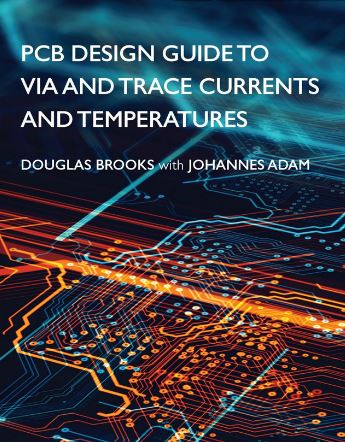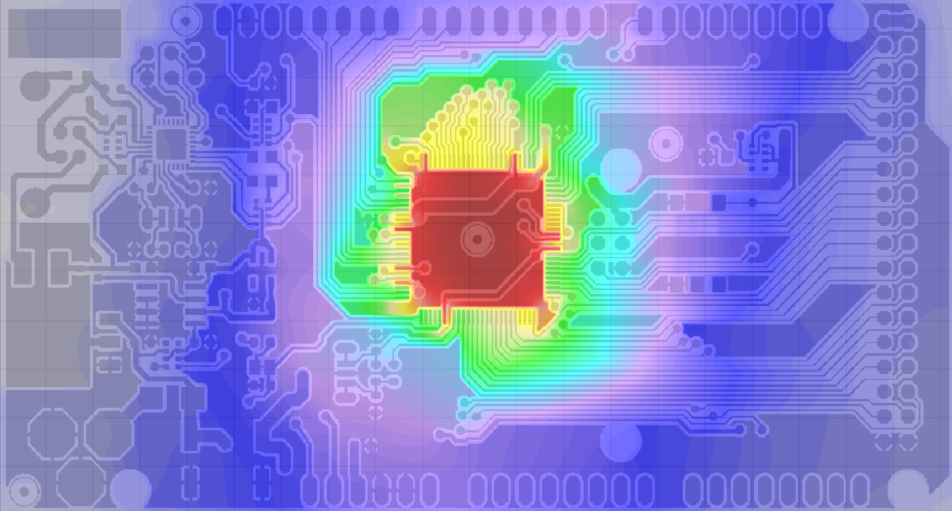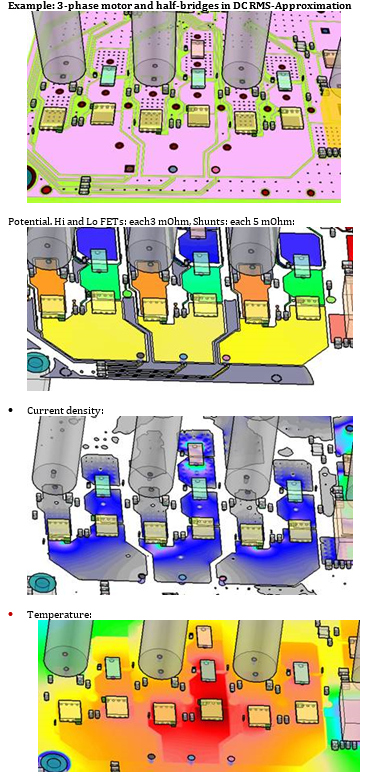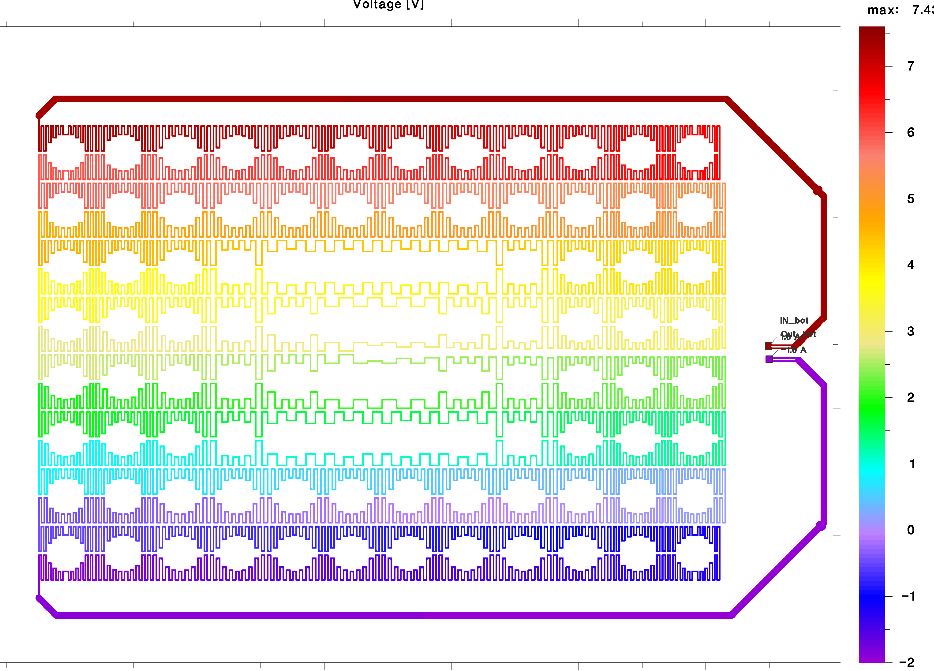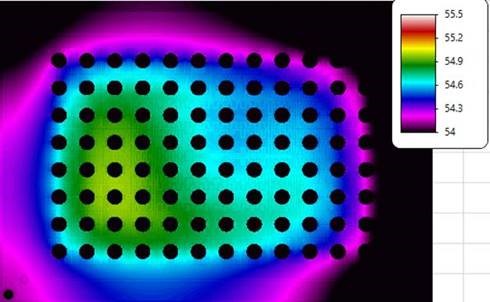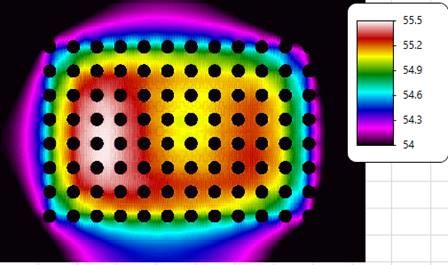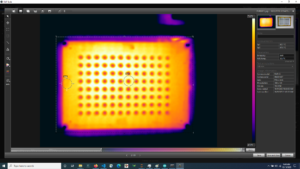Printed circuit boards with many layers, fine x-y resolution or large "pie trays" pose a numerical challenge. Up to now it was like this: the more temperature nodes to solve, the more iterations were required and it was not unlikely that unstable convergence would occur (has been got under control by internal repair mechanisms).
With Release TRM3.6, a new "Turbo" algorithm has been added, which solves the 3D temperature field about 10x faster than before. By activating multi-threading, you can possibly get even more out of it. Really demanding projects are now completed in tens of minutes instead of one or more hours.
Ask for a test installation here
